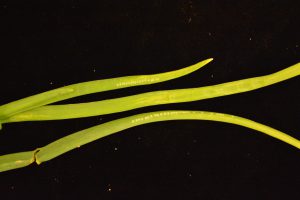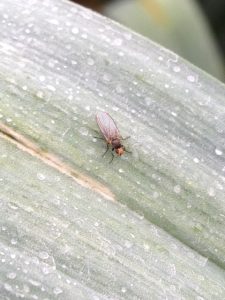Dear Berry Growers:
You have been identified as a berry grower whose perspectives matter in helping to shape the future of the industry. We request your participation to complete an online survey to determine the impact of USDA funded projects conducted by land-grant university faculty on the sustainable management of Spotted-Wing Drosophila (SWD).
Over the past 15 years, SWD has negatively impacted the U.S. berry and cherry industry, which has led to rejection of crops and significant losses on the farm. A group of highly committed researchers has been engaged in a multi-state initiative to develop and test different control practices for SWD. Some of the products are commercially available, while others are awaiting approval.
This survey seeks to determine your level of awareness and adoption of these new techniques, and to capture your experiences with the new technologies introduced by the research team.
To complete the survey, please click on the link Online Survey Software | Qualtrics Survey Solutions
https://ufl.qualtrics.com/jfe/form/SV_9B5kHcjLIRgW9gO
Also, please forward this letter to others in your community who have mitigated SWD to increase our data pool.
This study is being conducted by a professional evaluation team from the University of Florida, Mr. Damilola Ajayi and Dr. Kay Kelsey, on behalf of Drs. Ashfaq Sial, Cesar Rodriguez-Saona, Hannah Burrack, Hannah Levenson, Vaughn Walton, Frank Zalom, Elizabeth Beers, Greg Loeb, Kent Daane, Philip Fanning, and Kim Hoelmer representing University of Georgia, Rutgers University, Michigan State University, North Carolina State University, Oregon State University, University of California-Davis, Washington State University, Cornell University, University of California Berkeley, University of Maine, and the United States Department of Agriculture.
This study was reviewed and approved by the University of Florida Institutional Review Board for the protection of human subjects (IRB# 202300289). In case you have any questions, please contact Damilola Ajayi, 706-588-2697, d.ajayi@ufl.edu or Kay Kelsey, 706-247-2492, kathleen.kelsey@ufl.edu
Sincerely,
Damilola Ajayi, Graduate Assistant, UF|IFAS.
Kay Kelsey, Professor, UF|IFAS.


